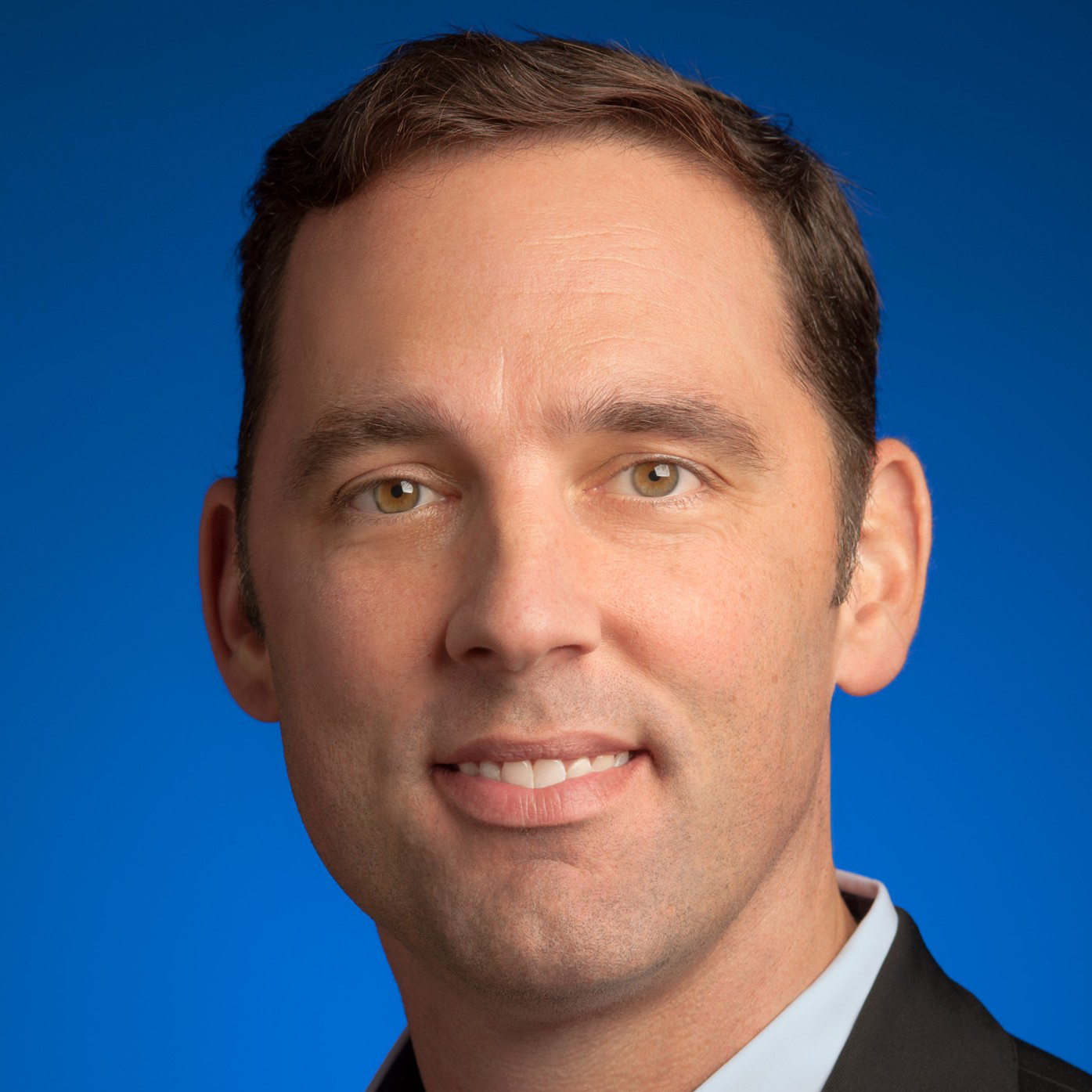It's about time – literally. If you want to successfully engage today’s impatient consumers, you have to be ready to meet them on their time, with the perfect message for each of their changing needs and interests.
We’ve been working for several years now to help marketers develop strategies to deliver relevant marketing experiences that match consumers’ moments of intent. A recent survey conducted by Bain & Company, in partnership with Google, confirmed that leading marketers have found a way to truly get time on their side: they’re using technology and digital insights to help them be faster and smarter.
I sat down with Laura Beaudin, Bain partner and lead for the firm’s global marketing excellence practice and this joint study, to learn more about how marketing leaders – the top 20% based on self-reported market share and revenue growth – are using marketing signals to make these timely customer connections.

Matt Lawson: In this survey, marketers around the globe said understanding and reaching the right customers was their top priority. But is that really something new?
Laura Beaudin: We asked nearly 1,700 marketing and media decision-makers in North America, Europe, Australia and Japan about their priorities for achieving their marketing goals in the next three years. The top response was gaining an improved understanding and ability to reach the right customers.1 Using digital insights to understand your best customers and then market to them, and other audiences who behave like them, is not new. That's been a strength of market leaders for quite awhile.
But what we found in this study is that it’s no longer sufficient to just know who the customer is. We’re entering an era where being relevant to those customers means building strategies around timely marketing to ensure you’re reaching them when they’re ready to engage.

What does that mean, to build strategies around time?
Timing can mean several things. It can be just the right moment in a particular type of customer journey. It could be the moment that someone is ready for engagement or is paying more attention.
Knowing when your audience is most receptive, those moments when you can really capture someone’s attention or change their mind, and then meeting them there with the right message: that's the next frontier.
Is that changing how marketers find or reach out to their customers?
Right message, right time has always been a goal of marketing, but now marketers can do it on the audience’s terms. Leading marketers are no longer looking only at demographic audience characteristics or at lookalike audiences. They’re looking for marketing signals that indicate people are at the right moment in life, or when audiences are telling them that they are open to a message – through search terms, through browsing behaviour and through engagement.
What we’ve heard, through research and through talking with marketers, is that focusing only on demographics or lookalikes means you actually narrow your audience over time. You basically just keep talking to the same people again and again. To keep moving up the maturity curve and get more value, you have to find new ways to expand your audience efficiently. Leading marketers are finding ways to reach out and capture that potential for business growth.
Focusing only on demographics or lookalikes means you actually narrow your audience over time.
The survey says that marketing leaders are 1.6X more likely to put a priority on integrating technology. Are those two things related?
Yes. Again, what we’ve heard loud and clear from marketers is that they’re trying to figure out, “How can I understand my customers across many different channels and touch points along their journey better so I can have a truly coherent conversation with them?”
They need integrated technology, but at the same time, they don't want to hear about integrated technology as the end goal. What they’re saying instead is, “Show me how the technology will help me create a more coherent view of the customer, so I can match the message to the right moment”.
That sense of exploration is really important. Leaders share a common attitude about change. They’re willing to experiment with new tools and new ways of reaching their customers. For example, a digital marketing director at a global entertainment company told us that they began refreshing feeds every 72 hours when they found engagement was lower than forecast. They went down the list and tested what wasn’t working – from the audience and the reach to the creative – and they adjusted on the fly.
Is this changing creative approaches as well?
The last few years was all about the technology, programmatic and automation. But now people are starting to realise that if the copy is no good, even the best technology is no help. The message has to be right to hit home.
Now I think we’re coming back to a healthy balance of maths and magic. With help from technology, leaders can focus more on the creative they deliver at each moment and make sure it’s relevant and tailored for each audience. And automation is giving back to marketers the extra time they need to spend on consumer insights and creative topics, and to refine their message for today’s specific moments and opportunities.







